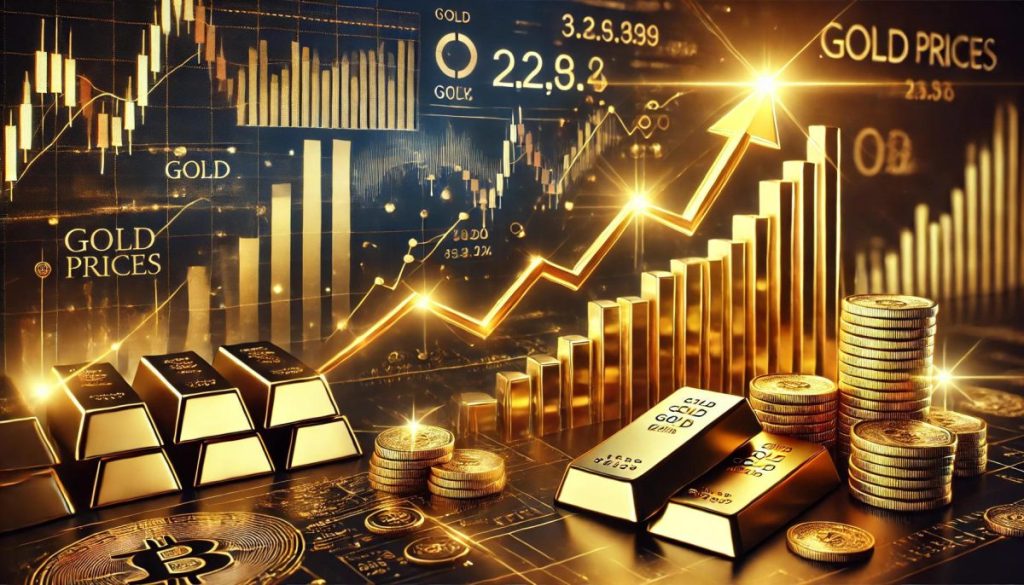
London — During the final session of May 2025, the price of gold dropped to around $3,270 per ounce, reflecting the pressure exerted by a stronger U.S. dollar. This bearish movement in the precious metal comes amid a geopolitical backdrop marked by renewed trade tensions between the United States and China, sparked by fresh statements from President Donald Trump.
Trump accused Beijing of violating the terms of the trade agreement between the two nations, triggering a new wave of uncertainty in international markets. Although such rhetoric is not new, its immediate impact on safe-haven assets, such as gold, was overshadowed by the advance of the U.S. Dollar Index, which climbed to 99.60 points. This strengthened the dollar, making gold more expensive for international buyers and reducing its appeal as a hedge.
Meanwhile, a recent decision by a U.S. appeals court to temporarily suspend the ban on tariffs imposed by the Trump administration has added a layer of ambiguity to American trade policy. This measure raises questions about the future direction of bilateral economic relations and the stability of global trade.
On the economic front, inflation data also influenced gold’s performance. Core inflation, as measured by the PCE (Personal Consumption Expenditures) index, showed a year-over-year increase of 2.5% in April. Although in line with forecasts, it remained below previous levels. This moderation in inflation further weakened the demand for gold as a hedge against loss of purchasing power.
The Federal Reserve, for its part, remains cautious in the current environment. Several officials have voiced concerns about the potential impact that tariff-related uncertainty could have on business investment decisions and the overall stability of monetary policy. This cautious stance by the central bank has also contributed to maintaining the dollar’s appeal over gold.
Additionally, investors are closely watching the behavior of emerging markets, which are often affected by changes in U.S. monetary policy and global geopolitical tensions. A strong dollar can prompt capital outflows from these markets, also impacting the demand for commodities such as gold. This global dynamic adds further pressure to the precious metal, especially in an environment where risk aversion is insufficient to offset the strengthening of the U.S. currency.
In summary, gold’s decline at the end of May is the result of a combination of economic and geopolitical factors. The strengthening dollar, coupled with moderating inflation and renewed U.S.-China tensions, has temporarily reduced gold’s appeal as a safe-haven asset. However, the outlook remains volatile, and future movements will largely depend on the evolution of U.S. trade policy and signals from the Federal Reserve.”
Analysis by Antonio Di Giacomo, Financial Markets Analyst for LATAM at XS



